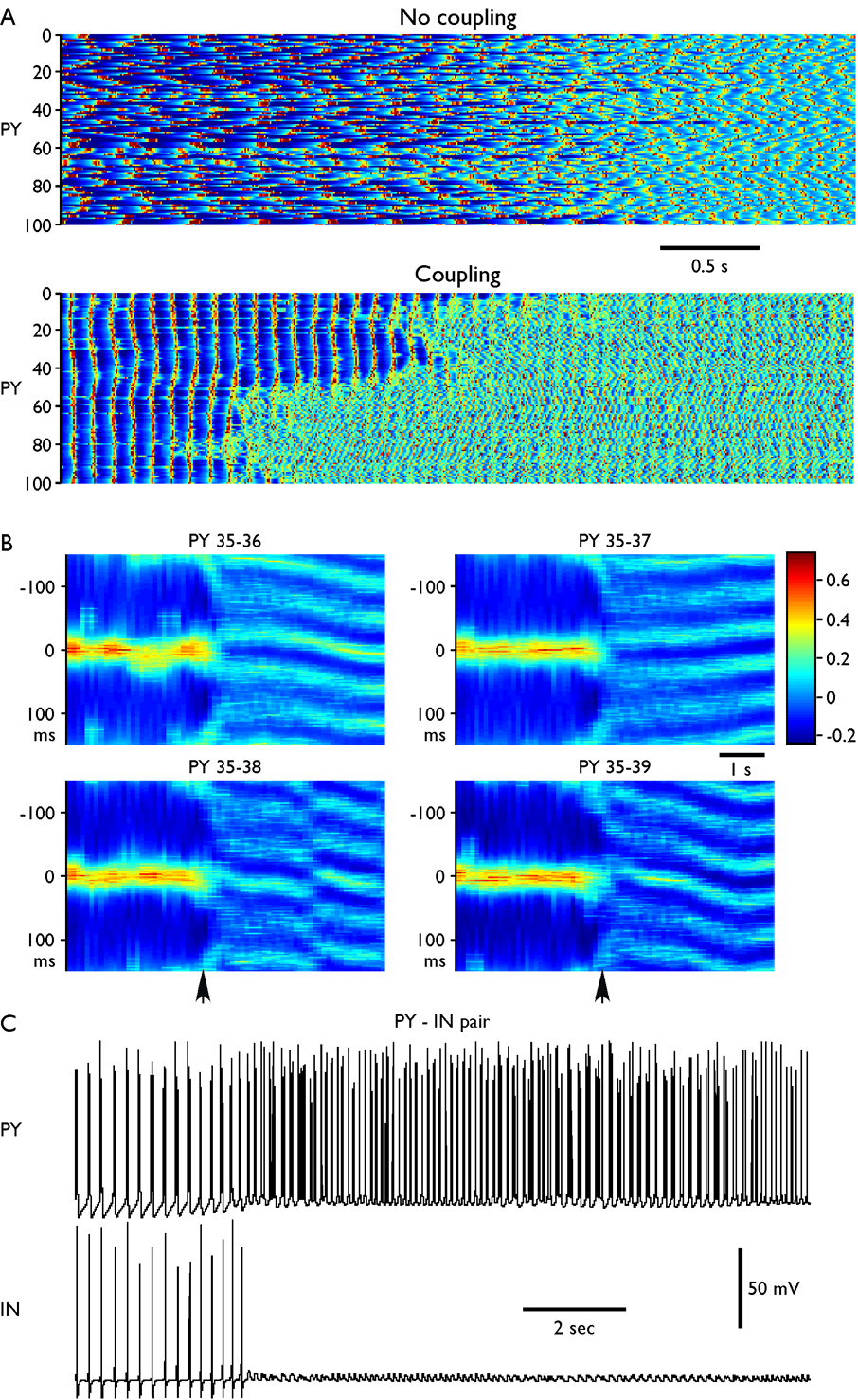Fig. 9. Oscillations in the network model (100 PY and 25 IN neurons).
DC stimulus was presented for 10 s (from t=8 s to t=18 s) to all PY neurons and was followed by slow bursting and then by fast oscillations. (A) Network activity near the transition from slow bursting to fast runs. Top, no coupling (gPY-PY=0, gPY-IN=0, gIN-PY=0), time interval from t=19 s to t=26 seconds. Bottom, coupled network (gPY-PY=0.07 µS, gPY-IN=0.07 µS, gIN-PY= 0.05 µS), time interval from t=26 s to t=33 seconds. Numbers on Y axis represent the pyramidal cell number (PY #1–100). (B) Cross-correlations (sliding window, 500 ms duration, 100 ms time steps) between one PY neuron (PY35) and its neighbors (PY36-PY39). Vertical arrows indicate transition from slow bursting to fast runs. Oscillations were highly synchronized with zero phase shift in the bursting mode. During fast run, oscillations in the neighbor PY cells displayed variable phase shift (local activity propagation) with sudden phase changes. (C) Reciprocally connected PY-IN pair. Change of the [K+]o induced transition from slow (2–3 Hz) to fast (10–15 Hz) oscillations. Bursts of spikes (but not tonic spiking) in PY neuron induced spikes in the inhibitory interneuron.

